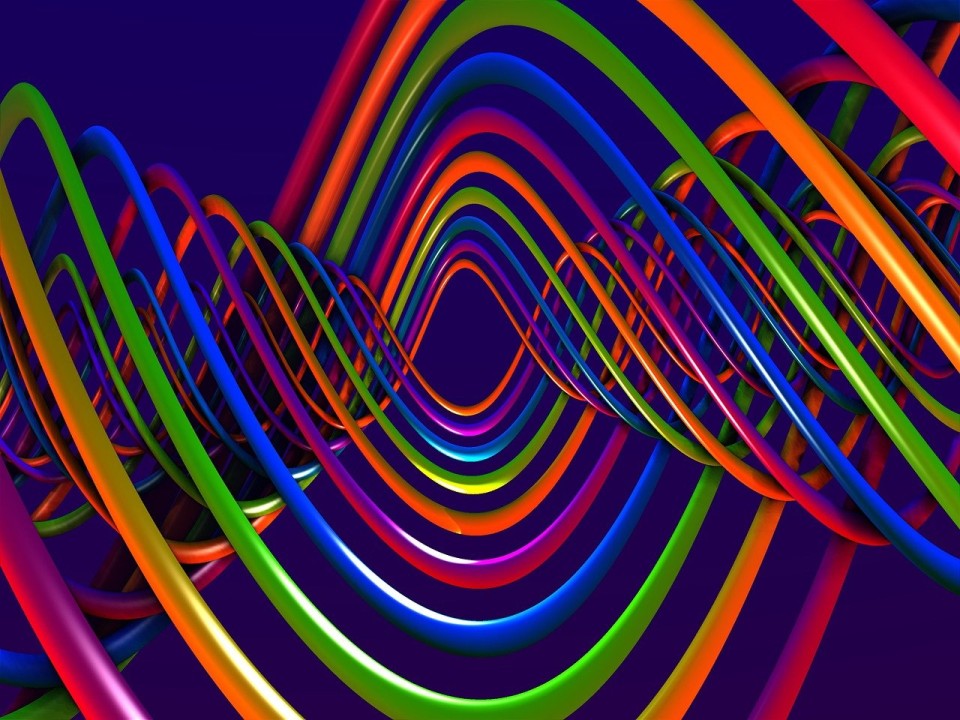The human body is just like a cheese block! There are a lot of empty spaces embedded here and there on a cheese block. Our body is similar in having body cavities. Several fluids such as blood, urine, saliva, tears, and sweat fill the body cavities, circulate in the body and are secreted or excreted out of the body.

Body fluids provide a unique window into the biological processes and functioning of the human body. They also play vital roles in the overall health and well-being of an individual.
What Is Saliva?
Saliva is the fluid that bathes our mouth and oral cavity, produced and secreted by salivary glands. These glands are made of two types of epithelial cells – acinar and ductal. Saliva is generated in the acinar cells and released on a secretory stimulation. The ductal cells line the salivary ducts. These cells direct the secreted saliva into the mouth.
Saliva contains water, proteins, enzymes, hormones, sugars, lipids, electrolytes, and several other components.

Picture credit: Dept. of Behavioural Sciences, The University of Queensland
How Many Proteins Are Present In Human Saliva?
There are more than 2290 proteins in saliva; the number is increasing!
To name a few of the salivary proteins are:
mucins, amylases, defensins, cystatins, histatins, proline-rich proteins, statherin, lactoperoxidase, lysozyme, lactoferrin, and immunoglobulins.
What Makes Saliva So Unique?
Saliva is well known for its functions of lubrication, hydration, protection of teeth, digestive enzymes, aiding in speech etc.
The property that makes saliva an outstanding biofluid is its protective function. Saliva is less known for this function.
Statherin and histatin protein families are specific only to saliva.
These are well-known proteins attributed to the protective function of saliva.
Even several protective proteins are more abundant in saliva than blood!
The question is –
How Do Salivary Proteins Protect Us?
Scientists believe that the secret behind the salivary proteins defending the pathogens is a process called Glycosylation.
Glycosylation is the addition of carbohydrate molecules to the backbone of a protein through an enzymatic reaction
Glycosylation helps determining protein structure, function and stability.
Glycosylation of salivary proteins plays a role in salivary protective functions. The majority of salivary proteins are potentially glycosylated.
Over 70 glycosylated salivary proteins found add to the protective functions of saliva!

Picture credit: Biology lectures
Immunoglobulins contribute from 5 to 15% of the total number of salivary proteins.
Immunoglobulins, also known as antibodies, are glycoprotein molecules produced by our white blood cells (plasma cells). They recognize and bind to particular antigens, such as bacteria or viruses, thus, aiding in their destruction.
Many studies have revealed a high correlation between the abundance of immunoglobulins in saliva and plasma. These studies suggest that any antibody, including an autoantibody, would be expected to be detectable in both plasma and saliva.
What Is The Benefit Of Knowing Salivary Protective Proteins?
The knowledge about salivary protective proteins can lead to design saliva diagnostics tests for health screening and disease detection
It will open new doors to the basis for new, non-invasive tests for disease screening, detection, and monitoring.
Do you wish to get an overall and detailed understanding about the various aspects of saliva as a biological test sample, salivary biomarker analysis, advanced saliva collection tools (detailed information and demonstration of tools)?
Add New Dimensions to your Clinical Diagnostics and Research!
Check out our Exclusive and Most Comprehensive self-paced Online Course on Saliva Technologies
What will you learn?
- Salivary biomarker analysis
- Advanced saliva collection tools
- Technologies for saliva sample analysis
- Troubleshooting problems related to saliva studies
- Step-by-step protocol for developing a saliva based chair -side test




